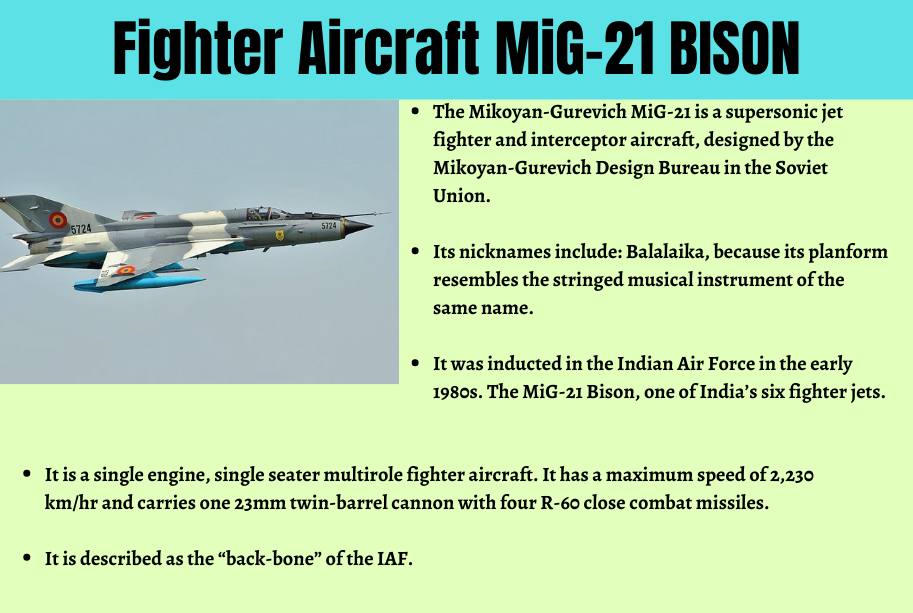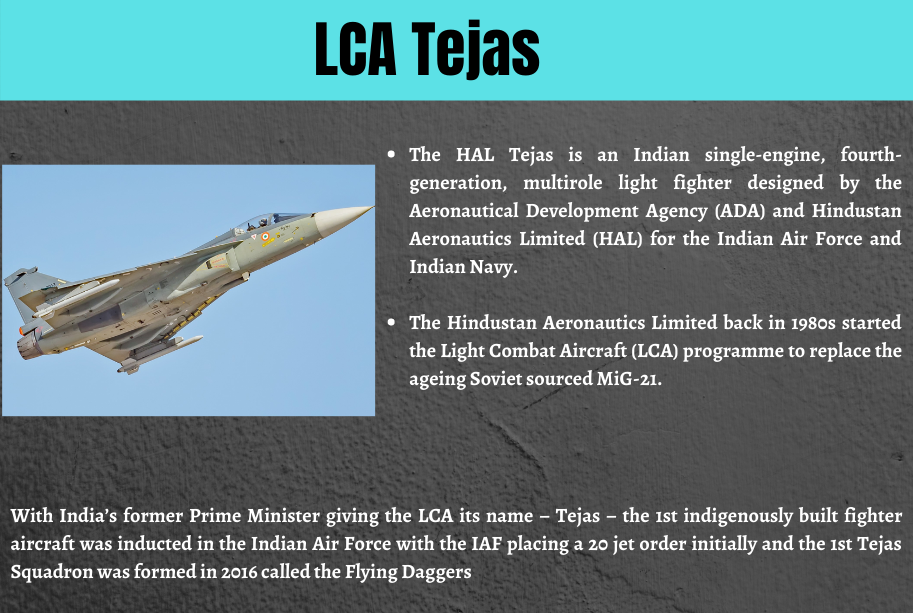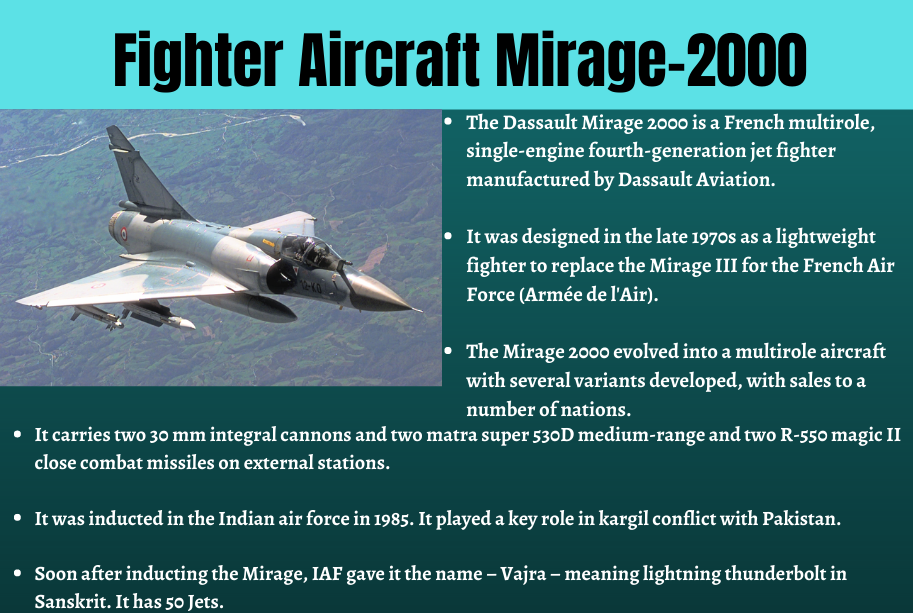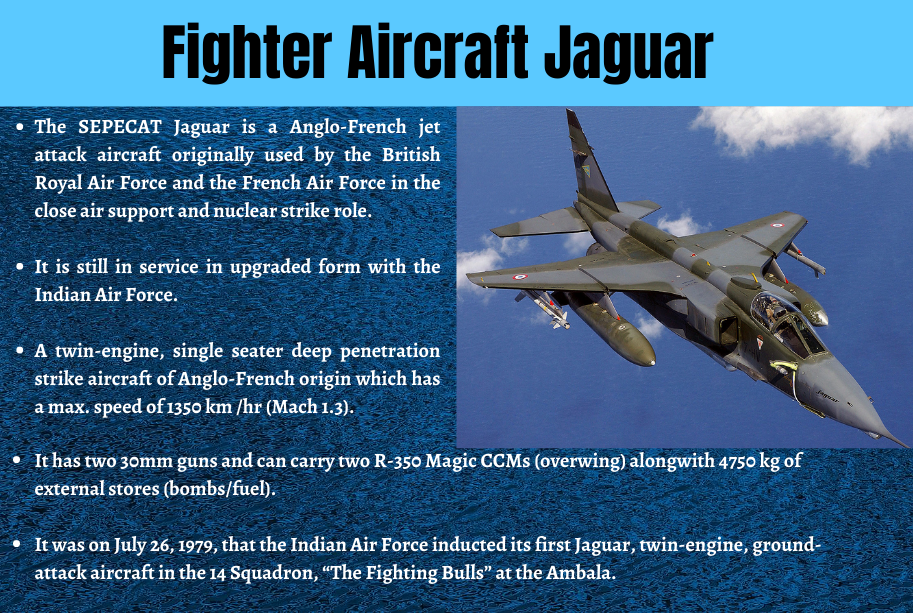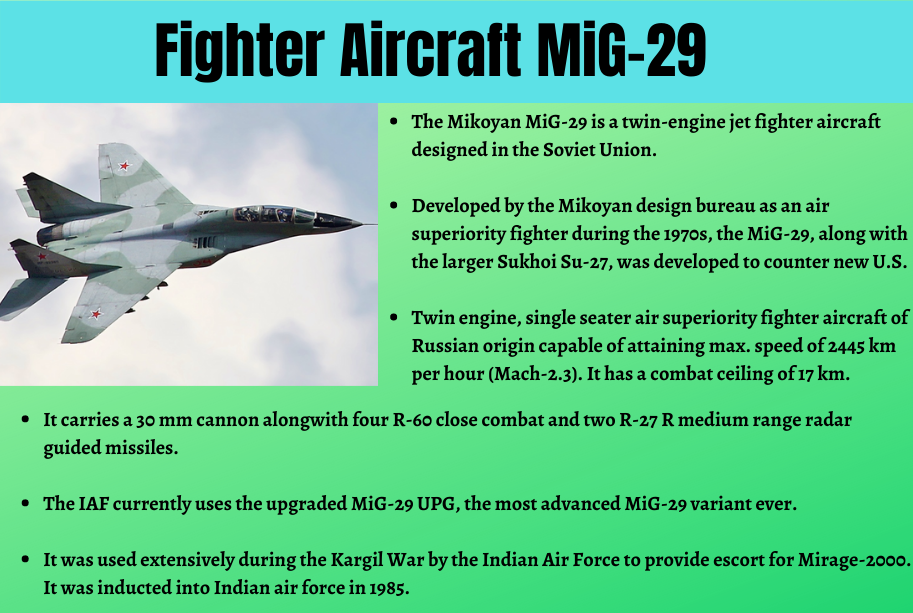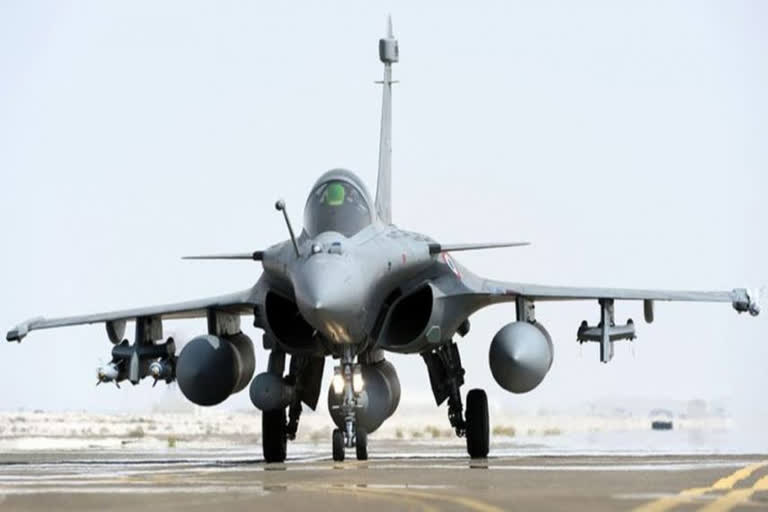Hyderabad: The first batch of five Rafale fighter jets took off from France on Monday and will be arriving in India on Wednesday when the much-awaited fighter jets will officially be inducted and join the Indian Air Force fleet at the Ambala airbase in Haryana. They will join the resurrected squadron No 17 "Goldern arrows" of the Indian air force.
The distance covered by them is close to 7,000 kms and will require air-to-air refuelling. While the distance can be covered within a day as well, with the refuelling, it has been planned that the jets will make a stop in the United Arab Emirates.
In September 2016, India had signed an inter-governmental agreement with France to procure 36 Rafale jets at a cost of around Rs 59,000 crore to strengthen the Indian Air Force's combat capabilities.
The IAF spent around Rs 400 crore to develop the required infrastructure like shelters, hangars and maintenance facilities at the two bases. The first squadron of the Rafale aircraft will be deployed at Ambala Air Force Station, considered one of the most strategically located bases of the IAF around 200 kilometres from the India-Pakistan border.
ALSO READ: Five IAF Rafales take off for India, to reach Ambala on July 29
The second squadron of Rafale will be stationed at Hasimara base in West Bengal. Delivery of all 36 aircraft is expected to be completed by April 2022. Out of 36 Rafale jets, 30 will be fighter jets and six will be trainers. The trainer jets will be twin- seater with almost all the features of the fighter jets.
Currently, the IAF has 30 active fighter squadron -- way below the sanctioned strength of 42. Each squadron comprises 18 fighter jets. According to global firepower, India has 538 fighter aircrafts.
Special features of Rafale Fighter aircraft
- Twin-engine fighter aircraft: The Rafale fighter jet is powered by two M88-2 engines from SNECMA. Each engine provides a thrust of 75kN.
- Rafale fighter jets help each other out mid-air: The Rafale fighter jets are equipped with ‘buddy-buddy’ refuelling that also one aircraft to lend its fuel to another.
- Can fire METEOR missiles to take out targets that are out the visual range: METEOR — a beyond visual range air to air missile — can take out enemy aircraft at a range of over 100 kilometres.
- SCALP missiles can take out on-ground targets 300 kilometres away: Rafale can be equipped with SCALP missiles, a precision long-range ground attack missile, capable of taking out targets within a radius of 300 kilometres.
- Carry six AASM missiles at a time: Each AASM missile has GPS and imaging infrared terminal guidance. It can accurately hit a target with an accuracy of 10 meters. It has a holographic cockpit display Rafale can aim for eight targets at a time Rafale’s higher survivability. The modern fighter jet will be equipped with lethal HAMMER missile (The order for the HAMMER missiles is being processed and the French authorities have agreed to supply them to us at a short notice for our Rafale combat aircraft)
Other fighter aircraft of the Indian Air Force

